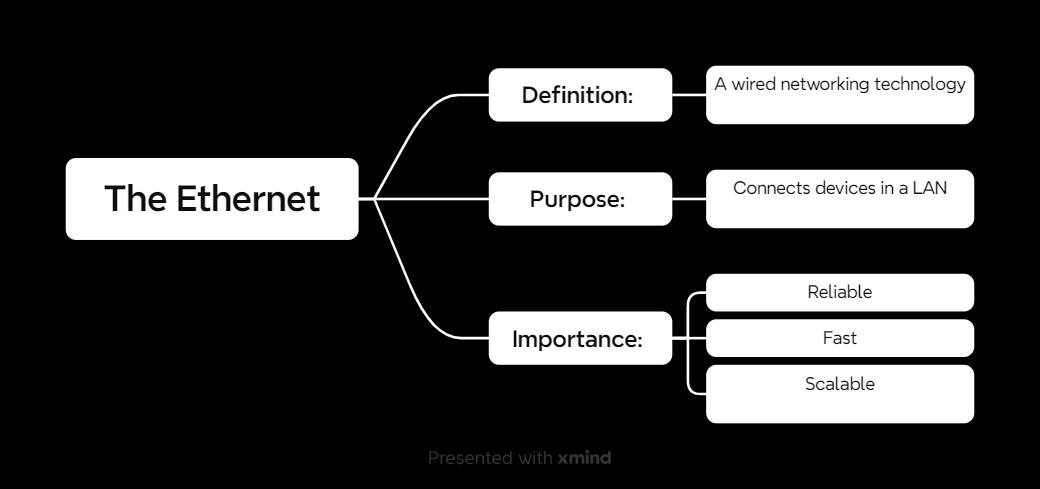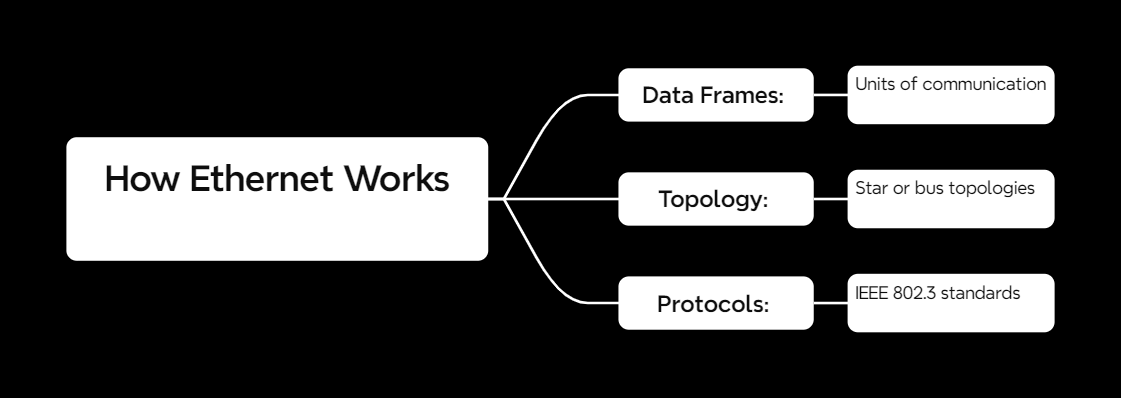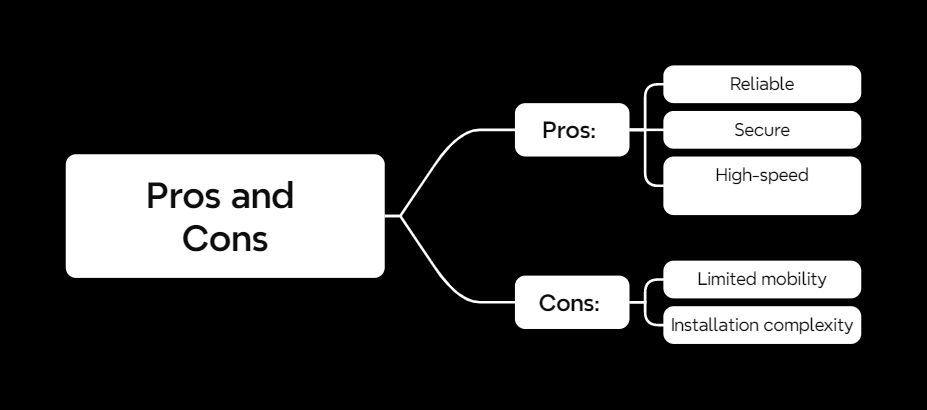Let’s get real—if you’re serious about networking, you need to know Ethernet. It’s the wired technology that forms the backbone of most local networks, whether at home, in offices, or even large enterprises. Let’s unravel what Ethernet is, how it works, and why it’s still essential in today’s wireless world.
What Is Ethernet?
Ethernet is a wired networking technology used to connect devices in a local area network (LAN). It’s like a digital highway for your data, ensuring fast, reliable, and secure communication between devices.
First developed in the 1970s by Bob Metcalfe, Ethernet has evolved into a standardized technology (IEEE 802.3) that supports speeds from a modest 10 Mbps to a jaw-dropping 100 Gbps.
How Ethernet Works
At its core, Ethernet transmits data using frames, which are small packets containing the information being sent and additional details like sender/receiver addresses and error-checking codes.
Key Components:
- Topology
- Most modern Ethernet networks use a star topology, where devices connect to a central switch.
- In the past, a bus topology was common, but it’s largely obsolete now.
- Protocols
- Ethernet relies on the IEEE 802.3 standards to define how devices communicate, ensuring compatibility across different manufacturers.
- Media Access
- Ethernet uses Carrier Sense Multiple Access with Collision Detection (CSMA/CD) to avoid data collisions, ensuring smooth communication.
Types of Ethernet
Ethernet isn’t a one-size-fits-all solution—it has different versions tailored to various needs.
1. Fast Ethernet
- Speed: Up to 100 Mbps
- Use Case: Suitable for basic LAN setups.
2. Gigabit Ethernet
- Speed: Up to 1 Gbps
- Use Case: Ideal for modern homes and offices.
3. 10/40/100 Gigabit Ethernet
- Speed: Up to 100 Gbps
- Use Case: Perfect for large enterprises and data centers.
4. Power over Ethernet (PoE)
- Feature: Combines power and data transmission over a single cable.
- Use Case: Commonly used for IP cameras, VoIP phones, and wireless access points.
Pros and Cons of Ethernet
Pros
- Reliable: Less prone to interference compared to wireless technologies.
- High-Speed: Consistent performance, especially for gaming and streaming.
- Secure: Harder to intercept than Wi-Fi, making it a safer option for sensitive data.
Cons
- Limited Mobility: You’re tethered to cables, which can be inconvenient.
- Installation Complexity: Running cables can be a hassle, especially in large areas.
Why Ethernet Still Matters
In an era dominated by Wi-Fi, Ethernet might seem old-school, but it’s far from obsolete. It remains the go-to choice for scenarios where speed, reliability, and security are non-negotiable. Whether it’s powering a gaming setup, running a business network, or supporting a smart home, Ethernet gets the job done.



